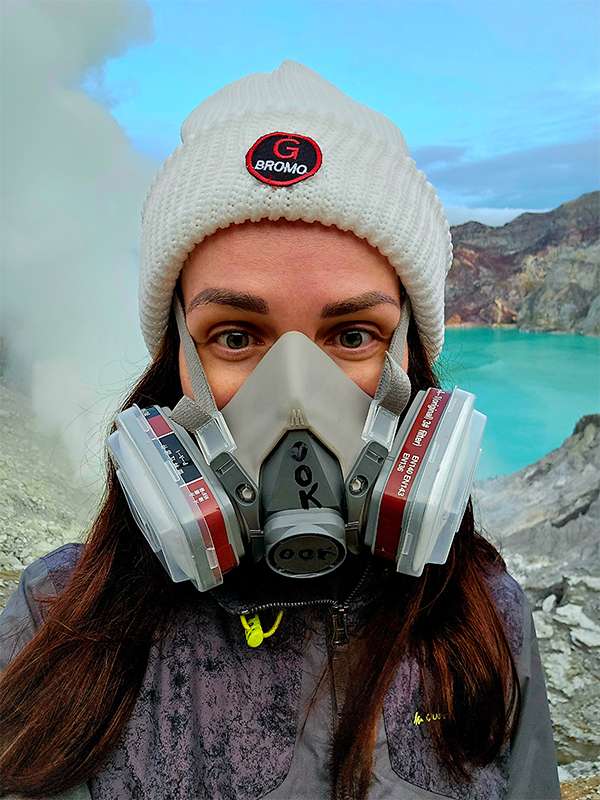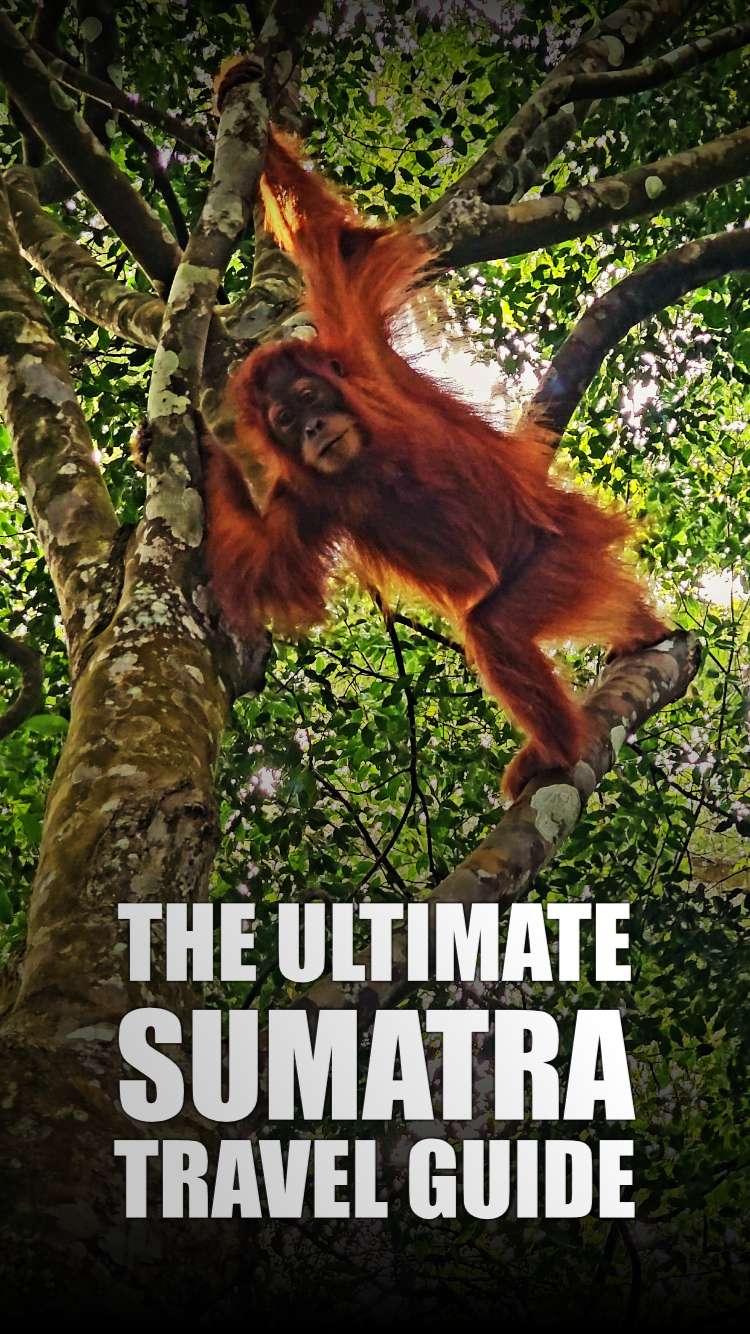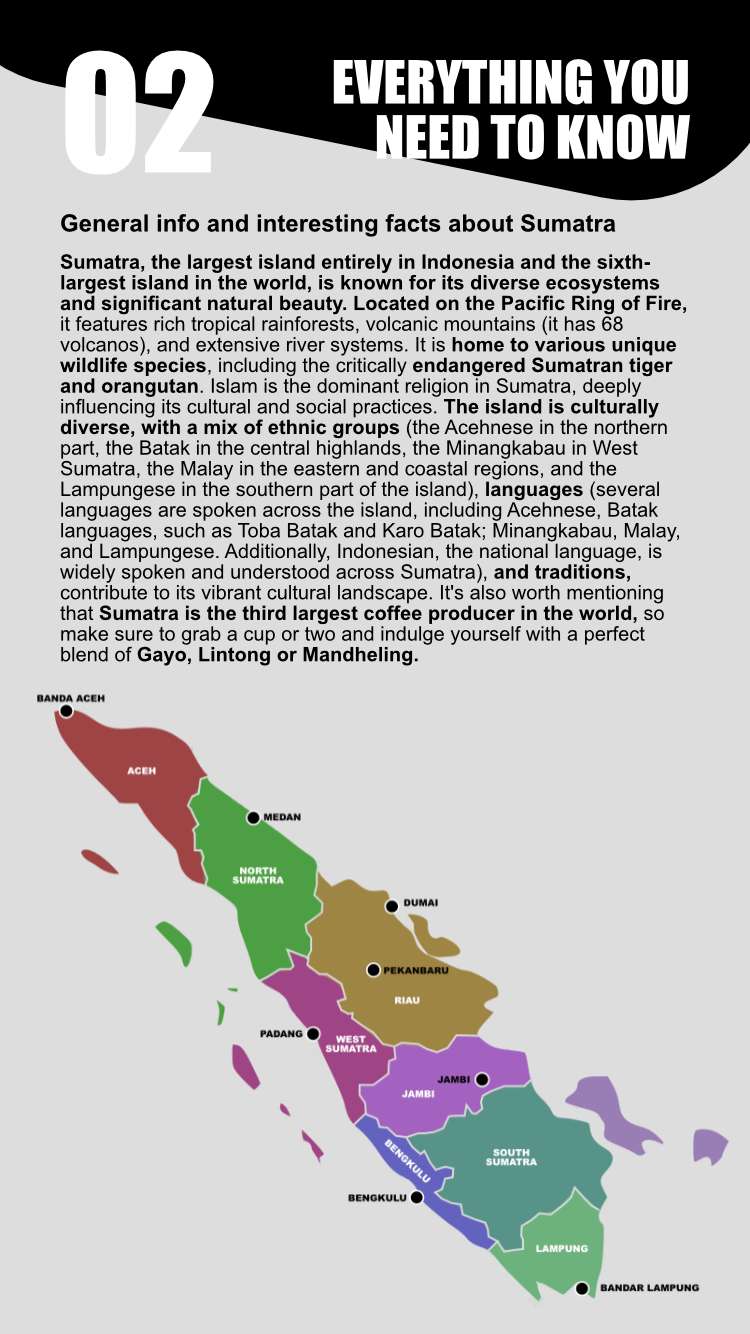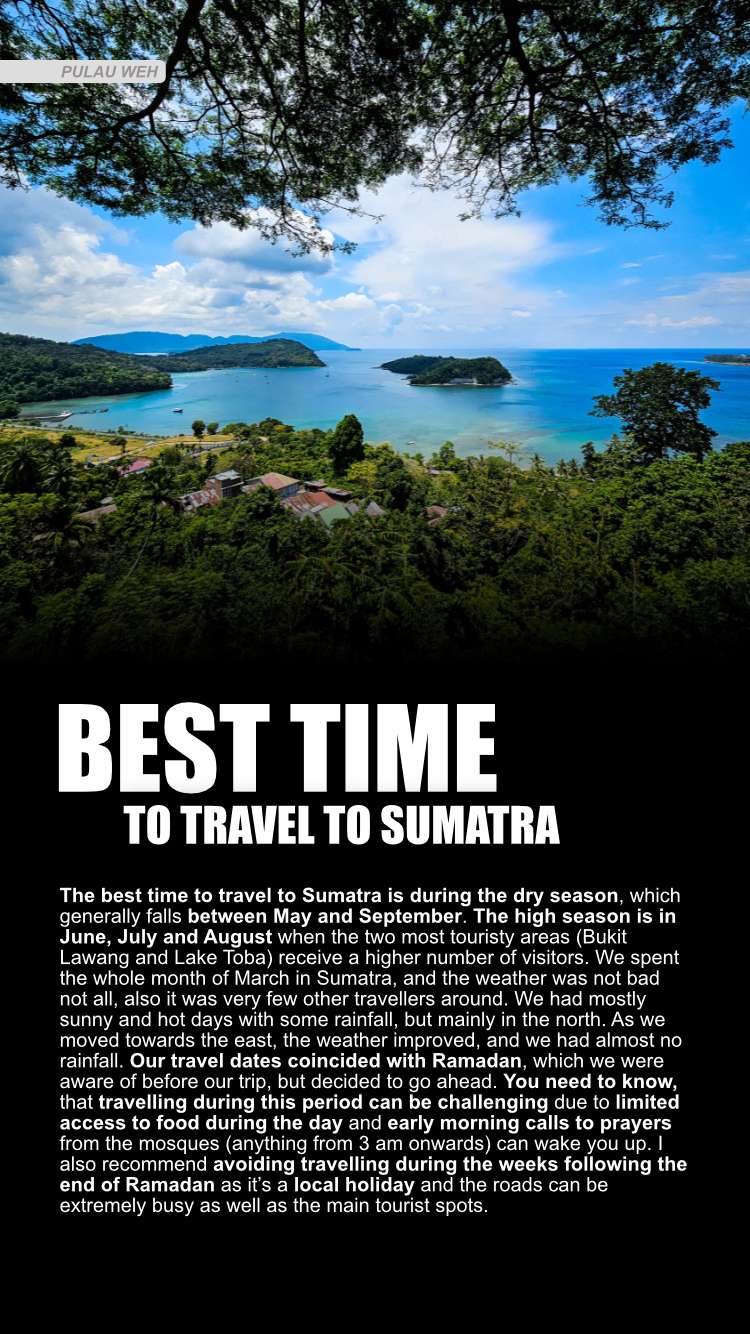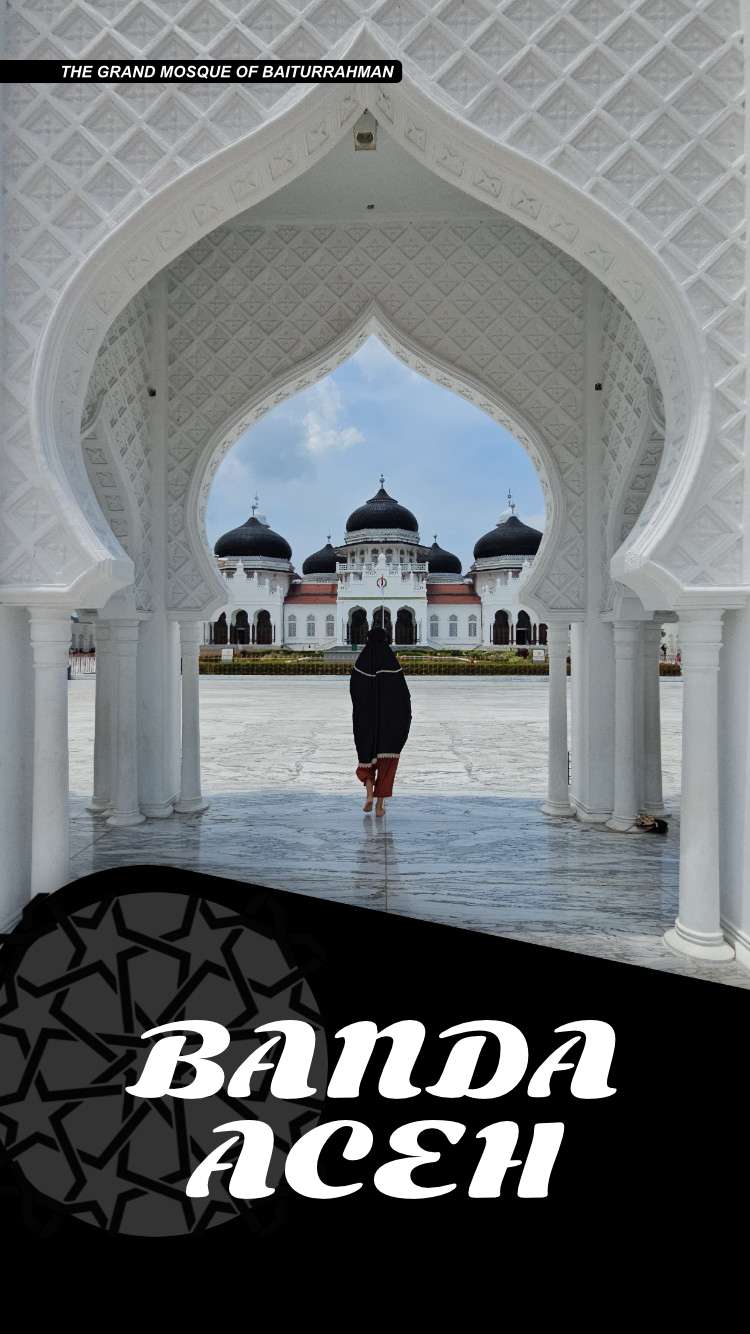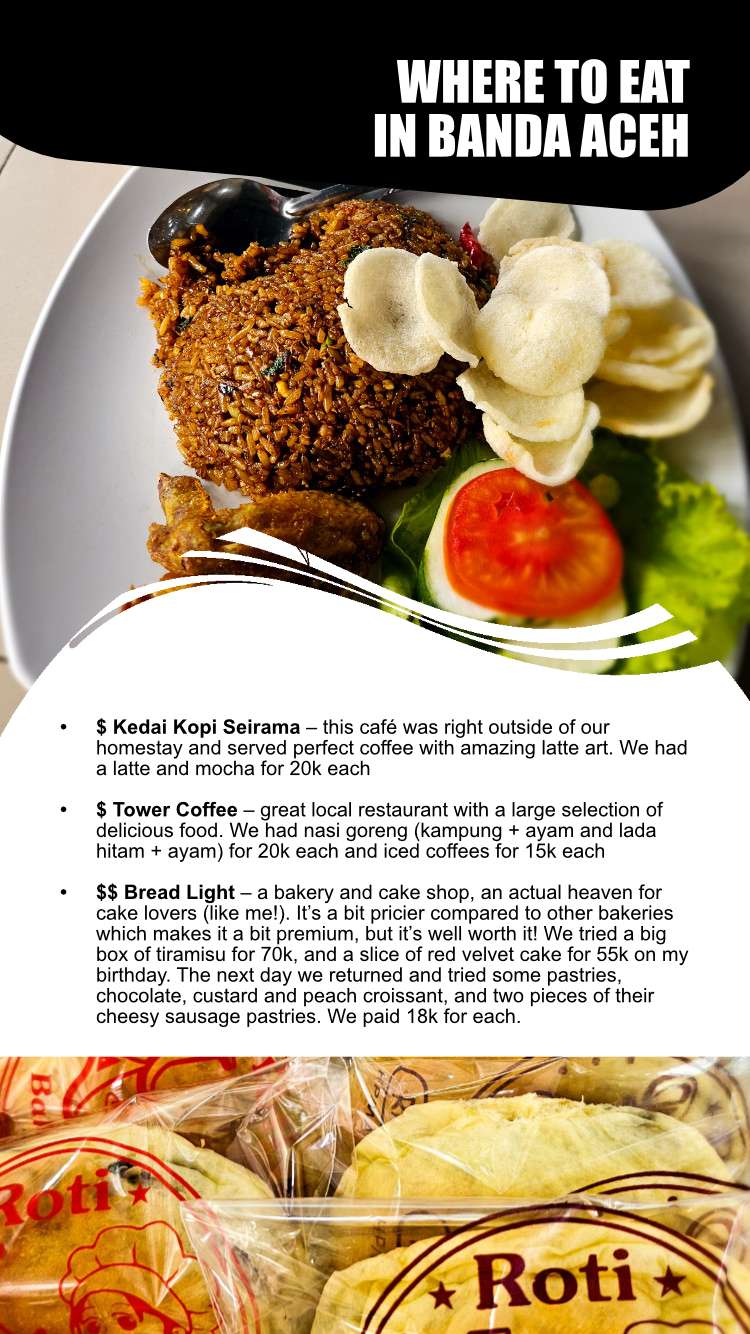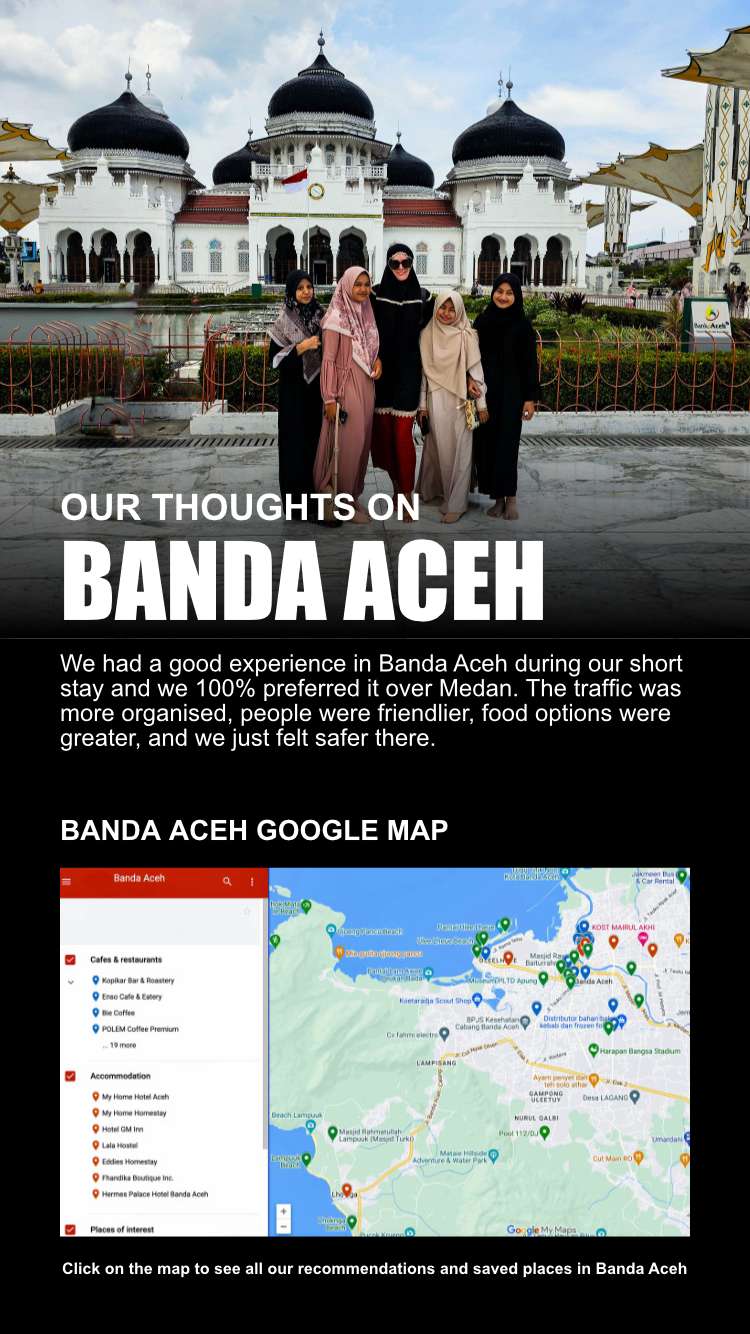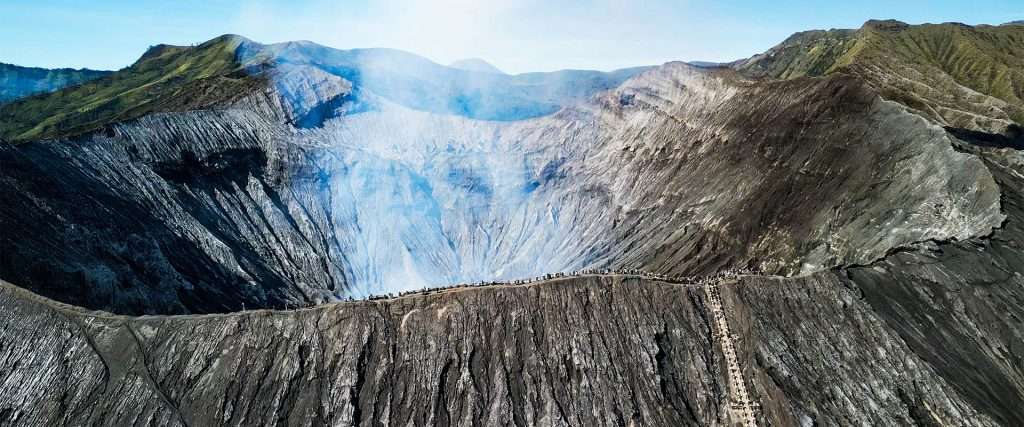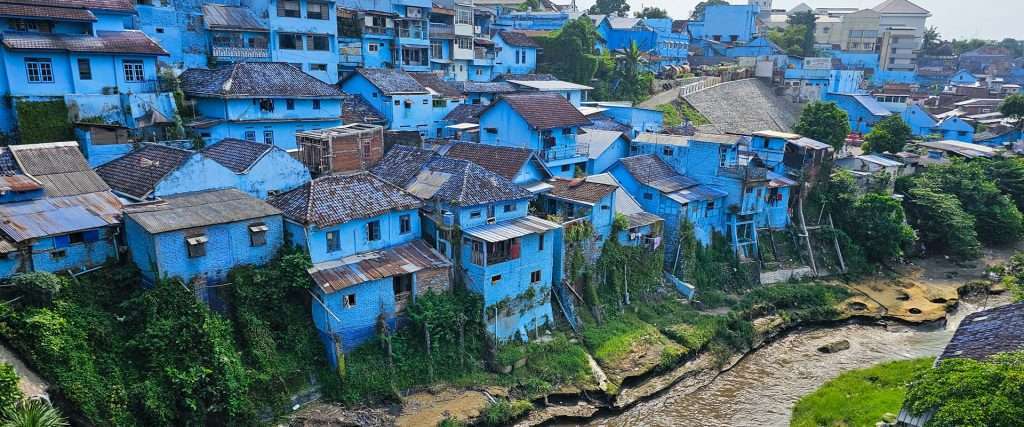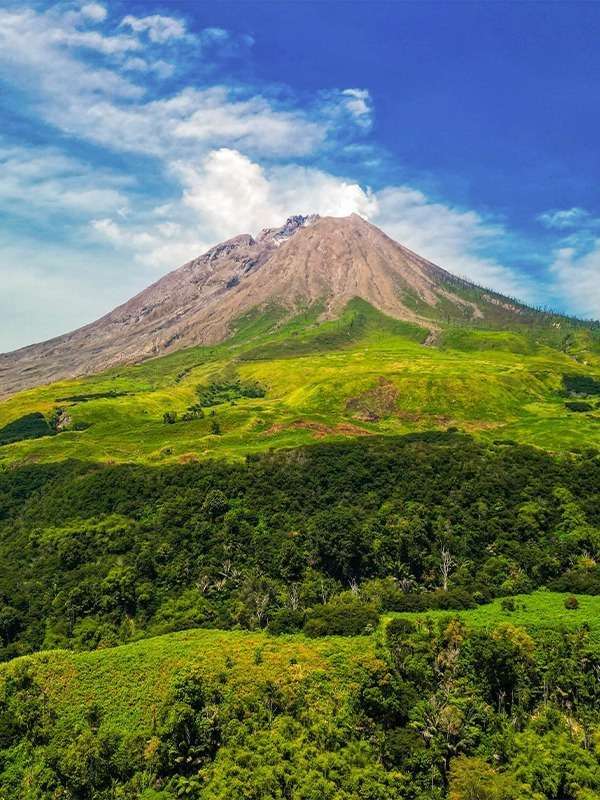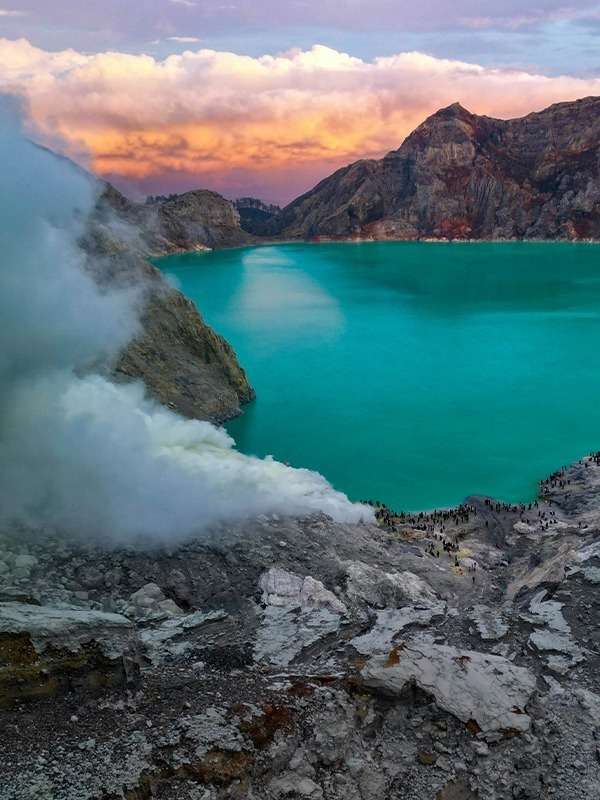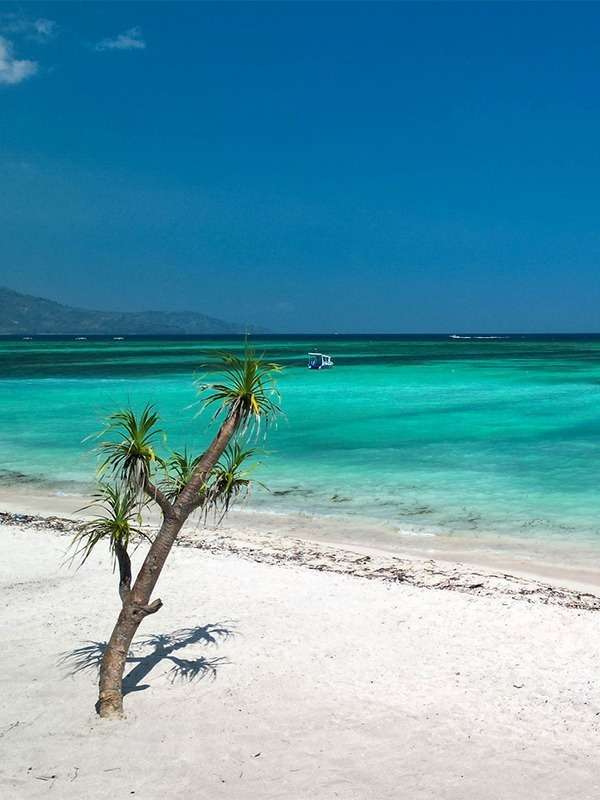On the final day of our 3-day East Java adventure, we hiked to one of the most surreal places in Indonesia: Kawah Ijen. This active volcano (stands at 2,769 meters) is known around the world for its blue fire, a rare natural phenomenon that glows in the dark as sulfuric gases ignite. Seeing the blue fire at Ijen crater felt like stepping into another world.
At sunrise, the crater reveals a turquoise lake, the largest acidic crater lake on Earth. The colors and landscape are unlike anything we’d seen before.
If you’re looking to add something truly special to your Java itinerary, this trek should be at the top of your list. In this post, I’ll share everything you need to know about hiking Kawah Ijen, from how to plan your visit and what to pack, to what it’s really like trekking through the night to catch the blue fire and sunrise at the crater rim.
Get ready, Kawah Ijen hike is a bucket-list experience you won’t forget.
What Makes Kawah Ijen So Unique
The Blue Fire
Kawah Ijen is one of the only places on Earth where you can see blue fire, created when sulphuric gases ignite as they escape from the volcano. To witness this rare phenomenon, you’ll need to start your hike before sunrise, though it’s worth the early wake-up call.
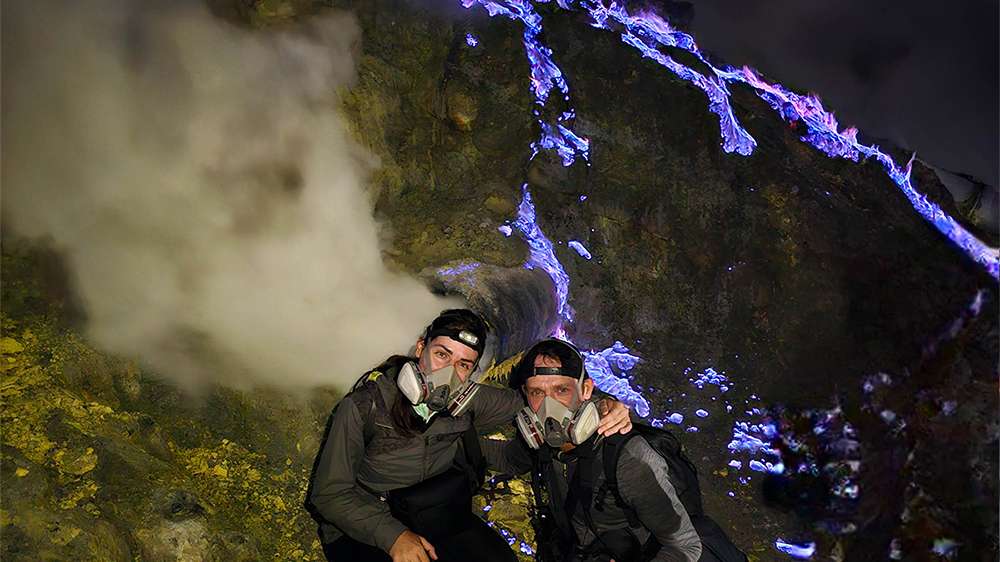
The Crater Lake
At the summit of Kawah Ijen Crater, you’ll find the largest acidic crater lake in the world. Its vivid turquoise color is stunning, but don’t get too close. The water is highly acidic due to concentrated sulfur deposits.
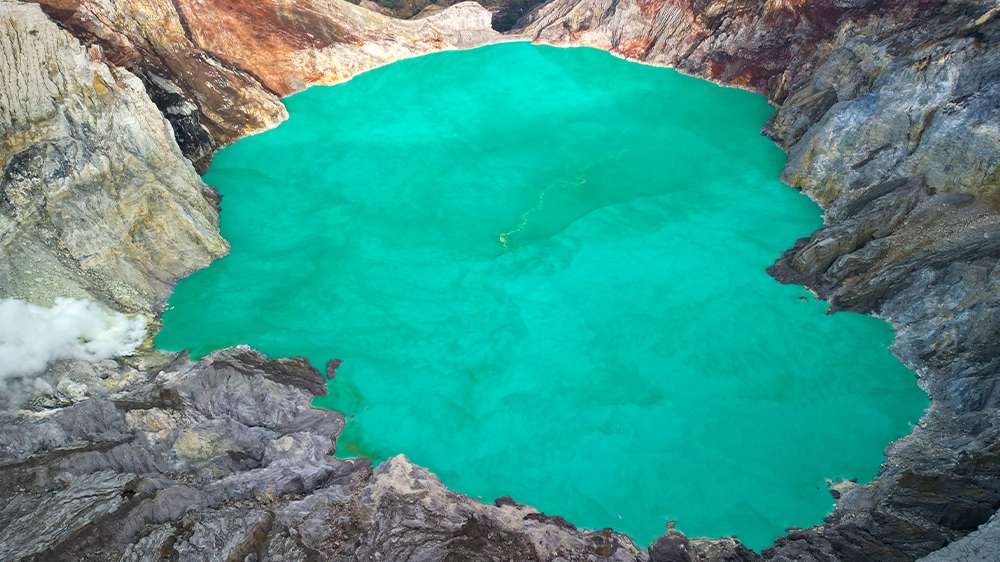
An Active Volcano
Part of a volcanic chain in East Java, Mount Ijen is an active volcano that’s surprisingly accessible to hikers. It’s also home to a traditional sulfur mining site, where workers carry heavy loads from inside the crater. It’s a striking contrast to the surrounding natural beauty.
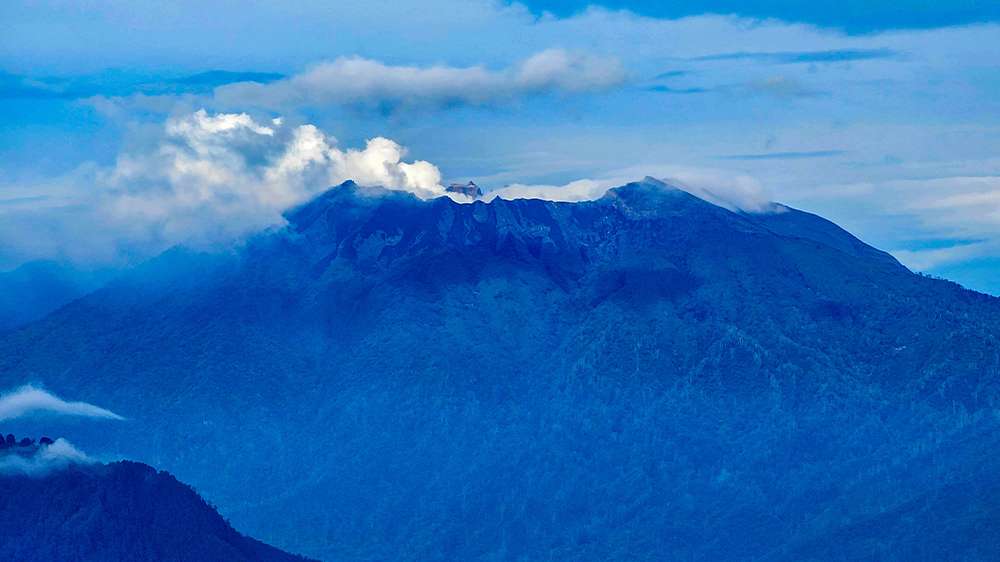
Did you know?
Kawah Ijen is one of only two places on Earth where you can see natural blue fire? The other is the Dallol Volcano in Ethiopia, but it’s far less accessible. Kawah Ijen remains the most popular and reachable spot to witness this rare phenomenon, making it a true bucket-list hike in Indonesia.
How to Get to Kawah Ijen
Our Experience: 3-Day Organised Tour
Kawah Ijen was the final and most unforgettable part of our 3-day East Java trip. We left our accommodation just before 1 AM to reach the trailhead in time for the famous blue fire. The drive took about an hour, and once we arrived, we received gas masks and entry tickets.
By 2 AM, we were on the trail with headlamps lighting the way. The hike to Ijen Crater took around 50 minutes. It was steep, rocky, and slippery in parts, but absolutely worth it.
As we descended into the crater, the sulfur smell grew stronger. The path became more challenging, but seeing the blue fire glowing through the darkness was absolutely surreal.
We climbed back up in time to catch sunrise over the turquoise crater lake. It was a moment we’ll never forget.
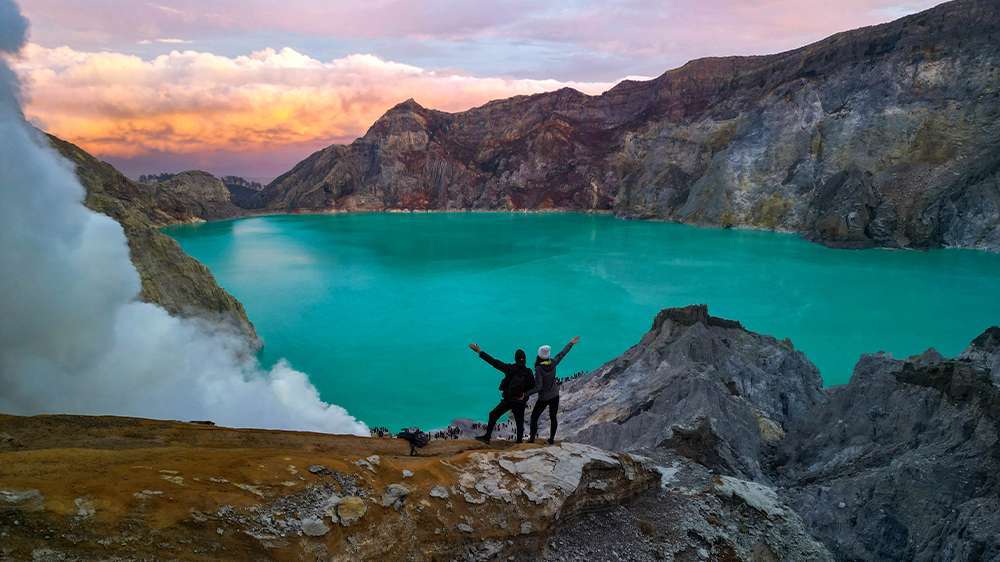
Day Trip from Banyuwangi
If you’re short on time, a Kawah Ijen day trip from Banyuwangi is a great option. Most tours offer midnight pick-up, followed by a 1–1.5-hour drive to the trailhead.
Once there, you’ll receive your gas mask and tickets. You can grab a hot drink at the small café before the hike begins around 2 AM.
Expect a 50-minute hike to the crater rim, then a 40-minute descent into the crater to see the blue fire. After enjoying the view, head back up to catch the sunrise over the lake.
By 7 AM, you’ll start the hike down. Some tours include breakfast before returning to Banyuwangi.
Day or Multi-Day Trip from Bali
Yes, you can visit Kawah Ijen from Bali! The easiest way is to book a multi-day tour that includes Mount Bromo and Ijen Crater. These packages usually include transport, a guide, and accommodation.
If you’re short on time, some companies also offer single-day tours to Kawah Ijen from Bali. While it’s a long trip, it’s doable if you just want to see the blue fire and the crater.
Make sure to check reviews and compare tours to find one that fits your budget and travel style.
Travelling Independently
Prefer to travel on your own? You can take a train to Banyuwangi, stay overnight, and start your Ijen hike early in the morning.
You’ll need a health certificate from a local clinic (around IDR 50k), which is required to enter the crater. It’s a quick check-up and valid for three days.
To reach the trailhead, rent a motorbike, hire a driver, or drive yourself. The trail is open from 2 AM to 2 PM, so you can go for the sunrise or explore during the day.
For a hassle-free but flexible option, consider booking a private tour online in advance, or locally in Banyuwangi on your arrival.
Did you know?
Kawah Ijen is famous for its blue fire, but it’s also home to valuable sulfur deposits known as “Devil’s gold.” Sulfur from the crater is used in products like sugar processing, matches, and fertilisers.
Miners extract it by tapping molten rock that cools into solid yellow chunks. It’s dangerous work: they carry 70–90 kg of sulfur on their backs through toxic fumes, with little or no protective gear. For all this, they earn around IDR 900 (just $0.06 USD) per kilo.
You can support the local community by donating or buying handcrafted sulfur souvenirs; a small gesture that makes a real difference.
What to Expect on the Mount Ijen Tour
What’s included in the Ijen Tour
Our Kawah Ijen hike began with a 12:45 AM pick-up from our hotel. After a short drive to the trailhead, we got our entry tickets, gas masks, and a hot drink at a small café before starting the hike at 2 AM.
The hike to the crater rim took about 50 minutes. It was steep and tiring, especially after a few early mornings. The descent into the crater took another 40 minutes, which was steep, rocky, and the sulfur fumes made our eyes water. But getting close to the blue fire was absolutely worth it.
We climbed back up just in time to watch sunrise over the crater lake. After snapping photos near the iconic tree and flew our drone, we began our descent and were back at the bottom by 8 AM. Breakfast followed before heading to Ketapang Ferry to cross to Bali.
Our guide was amazing: relaxed, knowledgeable, and matched our pace the entire way.
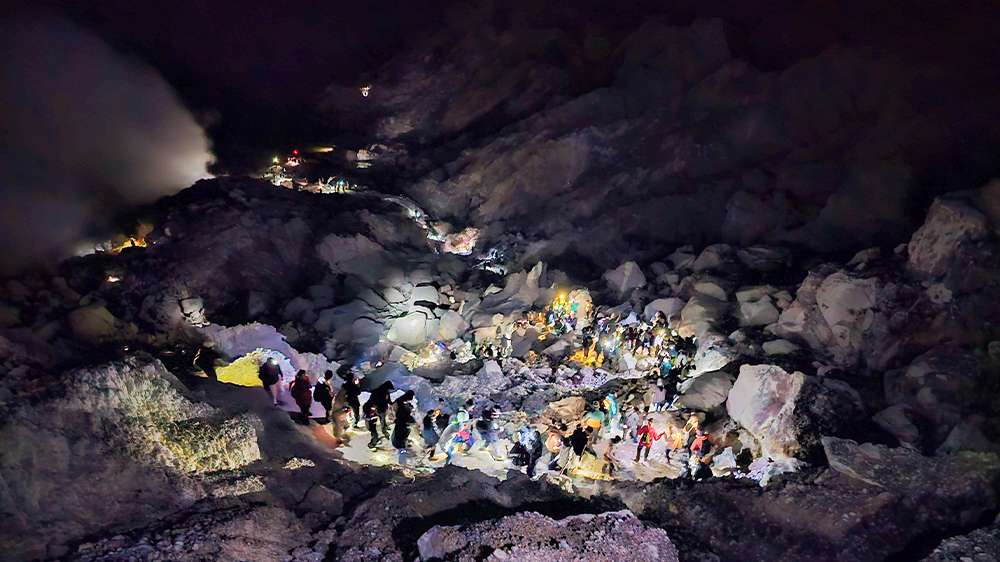
Is Kawah Ijen Worth Visiting?
Yes, 100% worth it! The Ijen Crater hike was the highlight of our Java trip. After Mount Bromo and Tumpak Sewu, this final stop wrapped up our 3-day tour perfectly.
Everything was taken care of: transfers, hotels, entrance tickets, even our health certificate. All we had to do was pack our bags and enjoy the journey.
Compared to Bromo, this part of the trip felt more relaxed. We had time to take photos, fly the drone, and really soak in the views at our own pace. It never felt rushed, just personal, flexible, and unforgettable.
The hike was challenging, and yes, the early start was tough. But if you’re asking whether Kawah Ijen is worth visiting, the answer is a definite yes. It’s one of those rare places that truly lives up to the hype.

Tips for Independent or Private Tours
Prefer to do it your way? A private Ijen tour gives you full control: you can choose when to hike, spend longer taking photos, or just relax by the lake. Going early means fewer crowds, but you can also hike later if you’re not chasing the blue fire.
If you’re travelling independently, base yourself in Banyuwangi the night before. You can take a train from Malang, Surabaya, or Probolinggo. From there, rent a scooter or hire a driver to get to the trailhead.
You’ll need a health certificate (around IDR 50k), and the trail is open from 2 AM to 2 PM. The hike is doable solo, but keep in mind: the sulfuric gases can be intense, and the trail is rough in the dark.
For peace of mind, we still recommend hiring a local guide. It adds a layer of safety, and they’ll help with logistics, timing, and getting the best views, especially if you’re hiking solo.
Tip
A private guided tour is the best of both worlds, more flexibility, less stress. You won’t feel rushed, and your guide handles permits, gas masks, and transport. With a bit of planning, it can be a budget-friendly option too.
Kawah Ijen Travel Tips: What to Know Before You Go
Planning your visit to Kawah Ijen? Here are some practical tips and things you need to know before your hike — from timing and costs to weather and independent travel options.
How Much Time You Need
- From Banyuwangi: Most Ijen tours start around 12:45 AM and finish by 9:00 AM. The hike itself takes 5–6 hours in total. We recommend arriving in Banyuwangi the afternoon before to rest up for the early start
- From Bali: A day trip from Bali is possible, but long. Expect over 12 hours total, including a 45-minute ferry (IDR 20k) and a 1-hour drive to the trailhead. It’s a big day but doable if you’re short on time
- Independent Travellers: Going solo gives you the freedom to explore at your own pace. It’s ideal if you’re into photography or want to linger by the crater. But be mindful of the sulfuric gases near the blue fire; they can be intense, especially in still air
Best Time to Visit Kawah Ijen
- The dry season (April to October) is the best time for clear skies, safe hiking conditions, and the best chance to see the blue fire and crater views
- Peak season is July and August, expect more tourists. For a quieter experience, try the shoulder months like May, June, or September
- The rainy season (November to March) can still offer a beautiful, misty landscape, but trails are slippery and visibility can be limited. If you go during this time, bring a rain jacket and hike with extra caution
Ijen Tour Costs & Budget Tips
Here’s what you can expect to pay when visiting Kawah Ijen:
Tour Options
- Our 3-Day Tour: IDR 2.8 million (~USD 186) per person. Includes Tumpak Sewu, Bromo & Ijen with transport, guide, accommodations, entrance fees, and health certificate
- Multi-Day Tours: Typically range from USD 150–250, depending on season and the type of accommodation
- Day Tours from Banyuwangi:
- Group tours: Start from USD 35 (includes transport, entry, gas masks, headlamps)
- Private tours: From USD 70+
- Independent Travel Costs:
- Entrance Fee: IDR 100k (weekdays) / IDR 150k (weekends)
- Health Certificate: IDR 50k (required to enter)
- Scooter Rental: ~IDR 85k + ~15k for petrol
- Gas Mask Rental: IDR 25–40k
- Parking Fee: IDR 5k (bike) / IDR 10k (car)
Where to Eat in Banyuwangi
After arriving in Banyuwangi, we had dinner at HaniBani Reborn By Daipoeng. We ordered Nasi Ayam Kesrut Kampong (IDR 30k), two Nasi Ayam Goreng (IDR 20k each), and two Iced Lemon Teas (IDR 10k each) — all for just IDR 90k. A great, budget-friendly meal before getting some rest.
The next morning, we enjoyed breakfast at Hotel Santika Banyuwangi. Although we didn’t explore many places this time, Banyuwangi’s food scene definitely left us curious for more. Next visit, we’re excited to try local specialties like Nasi Tempong and fresh seafood.
Recommended Places to Eat:
- Warung Biru – Top spot for authentic local seafood
- Seafood Sobo – Fresh catches and great value
- Osing Deles Café and Resto – Cosy atmosphere with solid coffee and meals
- Nasi Tempong Mbok Nah – Famous for spicy Nasi Tempong and big portions
- Srengenge Wetan – Local favorite with traditional Indonesian dishes and a nice vibe

Where to Stay near Kawah Ijen
Banyuwangi is the perfect base for your Kawah Ijen trek, with options for every budget. We stayed at Hotel Santika Banyuwangi as part of our tour and really enjoyed it. The room had a comfy king-size bed, coffee and tea facilities, and a spacious bathroom. We didn’t use the pool, but it looked like a great place to relax before the hike.
Rooms start from USD 40 per night with breakfast, a solid choice to recharge after your adventure.
If you’re on a budget, you’ll find guesthouses and hostels from USD 15, offering clean, simple stays without breaking the bank.
No matter your style, Banyuwangi has the right place to rest up before tackling the Ijen Crater hike.
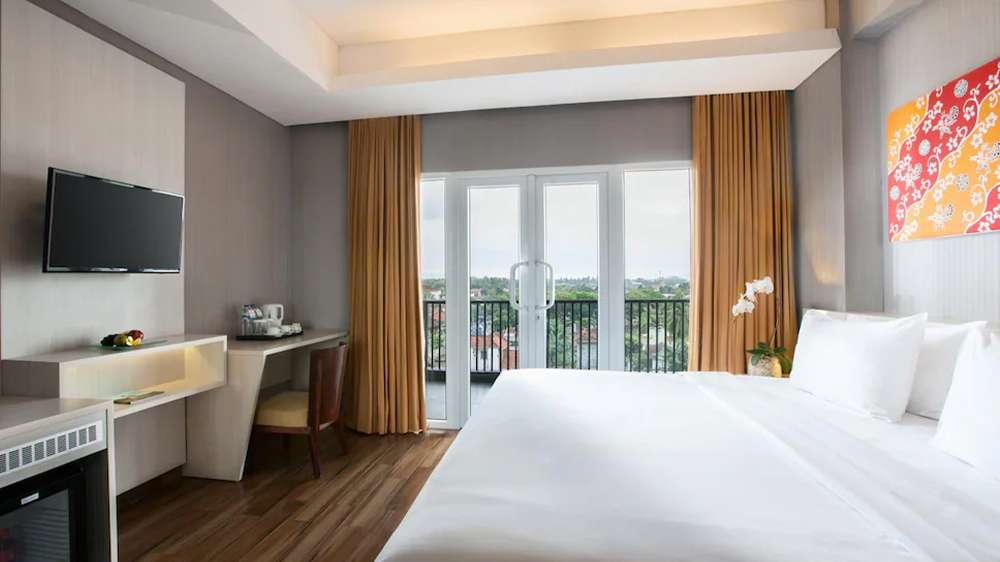
Practical Tips for Visiting Mount Ijen
- Dress in Layers: Mornings are cold (0–10°C). Wear layers, sturdy shoes, and pack a raincoat, hat, and scarf for the chilly sunrise
- Bring a Headtorch: The trail is dark before dawn, so a headtorch is essential for safe hiking
- Carry Cash: Keep small bills handy for toilets, snacks, drinks, and occasional entrance or parking fees
- Book in Advance: Reserve your tour and accommodation ahead of time, especially during peak season
- Check for Closures: Kawah Ijen is closed on the first Friday of each month. Plan around it!
- Take a Break Between Tours: If you’re hiking independently or doing back-to-back trips, consider adding a rest day to recover
- Bring a Drone: The aerial views are stunning! Just fly responsibly as the crater can get busy with other drones
- Choose a Private Tour: For a slower, more relaxed experience, a private tour lets you enjoy the blue fire, sunrise, and crater lake at your own pace
- Know the Distance: The hike to the crater rim is about 3.5 km (50 mins), followed by a 40-minute descent into the crater. The return hike takes around an hour
- Health Certificate Required: Since January 2024, all hikers need a valid health certificate (~IDR 50k), available from local clinics or hospitals. It’s valid for 3 days
- Skip the Push Carts: Avoid using push carts for the hike, they raise ethical concerns. Costs can be IDR 800k+ uphill and 500k downhill
- Do you need more tips? Check out our Packing Guide for essentials you’ll need at Ijen Crater
- Also, don’t miss our Ultimate Travel Resources Guide with details of the apps and tools we use for booking our travels
Final Thoughts on Kawah Ijen
Watching the blue fire glow in the dark at Ijen, then seeing the first light hit the turquoise crater lake were one of those rare travel moments that leaves you speechless. The Kawah Ijen hike is challenging, but it’s absolutely worth every step.
What makes Ijen special isn’t just the volcanic landscapes or surreal colours, it’s the sense of wonder you feel standing inside an active crater, witnessing nature at its rawest. It’s intense, otherworldly, and something you’ll never forget.
If you’re into adventure, photography, or just chasing those once-in-a-lifetime experiences, Kawah Ijen belongs on your Java itinerary.
Do you need help planning your route?
Check out our Ultimate 3-Day East Java Itinerary. It covers all the highlights, travel tips, and how to fit Tumpak Sewu, Mount Bromo, and Kawah Ijen into one unforgettable trip.

Banyuwangi & Kawah Ijen Map
Get Inspired
Curious what it’s like to hike into a volcano before sunrise? Watch our short video of the Kawah Ijen blue fire — one of the most unique natural wonders in East Java, Indonesia. From glowing flames to crater lake views, it’s a surreal experience you won’t want to miss.
Looking to explore even more? Our 3-week Indonesia itinerary takes you through the country’s most incredible destinations, from Java to Bali and beyond.

